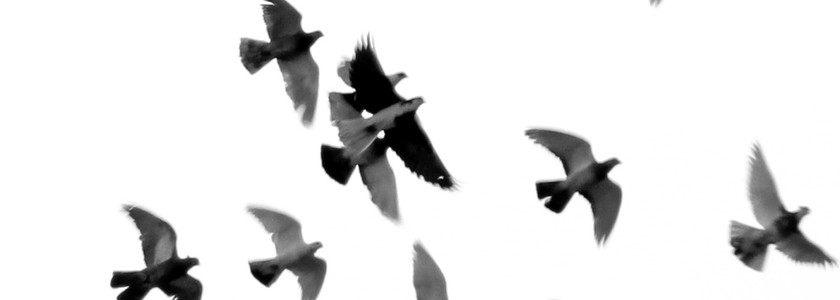

Wildlife Wednesdays: Bird Population Plummets
In the 1970's, the United States and Canada had roughly 101.1 billion wild birds roaming across the skies and land. Sadly, according to a new study issued in the Journal of Science, there has reportedly been a 29% decrease in the wild bird population since the 1970's. This is a 2.9 billion decrease in birds in just a half-century's time!
Lead author Kenneth Rosenberg, a Conservation Scientist at Cornell University, guided the study with a group of colleagues. They projected population data using weather radar (capturing flocks of migrating birds) from 143 weather stations, 13 different bird surveys from 1970 to the present, and computer modeling. This led them to come up with a trend for 529 species of North American birds. The hardest hit area are birds in the grasslands, which are less than half of what they use to be, Rosenberg mentions. A dozen bird families made up the 90% of total bird loss. This includes house sparrows, which have the greatest loss, followed by finches, warblers, and blackbirds. The meadowlarks and Bobwhite quails are also down 80%. The bulk of losses were not with rare species, but common backyard birds instead. When the study was done, according to Rosenberg, "It stunned those of us who were doing the research." He further mentions that they knew bird populations were declining, some species drastically. However, with an increase in other species, he thought this would balance everything out. Sadly, it did not. The good news is that the number of bald eagles are going up, thanks to the ban of DDT pesticides. Waterfowl management has allowed for ducks and geese to thrive. Bluebirds have also increased along with another type of bird, called the Vireo, which has grown by more than 85 million! "These are important examples to show that when we choose to make changes and actively manage the threats birds face, we can make positive changes for birds and the environment as a whole, " Rosenberg says.
So, why is the decease in bird population a problem? Rosenberg's study did not go into specifics with why the decease was happening, but he did point to past studies that blame habitat loss, cats, and windows. Surprisingly, a recent study showed that cats kill 2.6 billion birds each year in the U.S and Canada, while window collisions kill another 625 million. Car collisions with birds also kill another 241 million per year. The decline in birds is not the only problem; it also indicates a larger problem with the natural world. It has been pinned as one of the greatest environmental crises of our time. Furthermore, a decrease in birds leads to an increase in insects, especially those that carry diseases and harm plants and crops.
There are several things we can do to help with the declining bird population. This includes keeping cats indoors, treating home windows by making them more visible to birds, stopping pesticides and insecticide use at home, and supporting policies such as the Migratory Bird Treaty Act.






